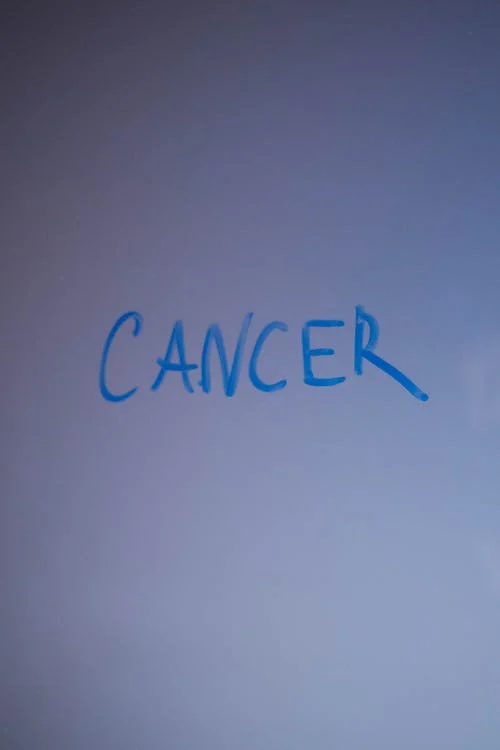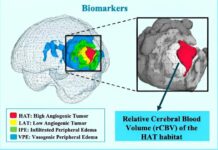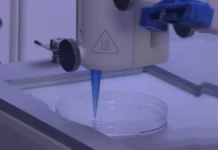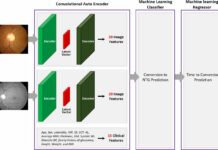A machine learning tool that can help oncologists treat cancer effectively
The first step in treating cancer is the identification of the type of cancer. It also includes determining the primary site. For example, the part of the body where cancer begins.
In some rare cases, it is impossible to determine the origin of cancer despite the availability of tests and although these cancers of unknown origin tend to be aggressive, oncologists need to treat them with non-targeted therapies. However, these non-targeted therapies are toxic to the body and do not have a high survival rate either.
An in-depth learning approach developed by researchers at Koch Institute for Integrative Cancer Research, MIT and Massachusetts General Hospital may help in classifying cancers of unknown origin. Researchers will focus on studying the gene expression programs linked with cell differentiation and development.
Salil Garg, Senior Author of the study and Clinical Investigator, Jennifer C. Johnson, Koch Institute said,
Sometimes you can apply all the tools that pathologists have to offer, and you are still left without an answer. Machine learning tools like this one could empower oncologists to choose more effective treatments and give more guidance to their patients.
The study was published in Cancer Discovery on 30th August, Garg is the senior author and MIT postdoc Enrico Moiso is the lead author. The AI tool can identify cancer types that have a high degree of accuracy and sensitivity.
Machine Learning
The most common problem healthcare workers face is differentiating between the gene expression of different tumours. However, machine learning can solve that. Cancer cells have different behaviour in comparison with normal cells. Advancements in single-cell profiling and cataloguing different cell expressions can give information about the origin of cancer cells.
A machine learning model that differentiates between different cancer cells is beneficial for diagnosis and treatment. However, it is easier for the model to learn the training data that is complex and comprises multiple genes. But becomes faulty when new data is encountered by it. Moreover, simplifying the model may lead to a lack of accuracy in the classification of cancer types.
To reduce the number of features and maintain balance with the extraction of the most relevant information, the model focused on signs of altered cancer cell developmental pathways.
Moiso explained,
Single-cell resolution tools have dramatically changed how we study the biology of cancer, but how we make this revolution impactful for patients is another question
He further added,
With the emergence of developmental cell atlases, especially ones that focus on early phases of organogenesis such as MOCA, we can expand our tools beyond histological and genomic information and open doors to new ways of profiling and identifying tumors and developing new treatments.
The map of correlations between patterns of developmental gene expressions and embryonic cells was turned into a machine learning model. The researchers broke down the samples of tumour expression from the TCGA to individual components. These components correspond to specific time points during the developmental trajectory. They also assigned a mathematical value to each component. Eventually, the researchers made a machine learning tool called Developmental Multilayer Perception, which scores developmental components of tumours and predicts their origin.
Final Verdict
Although the study has a strong approach to classifying tumours, it does have some limitations. However, researchers aim to improve the tumour predictive power of the model.
Garg said,
Developmental gene expression represents only one small slice of all the factors that could be used to diagnose and treat cancers. Integrating radiology, pathology, and gene expression information together is the true next step in personalized medicine for cancer patients.”




